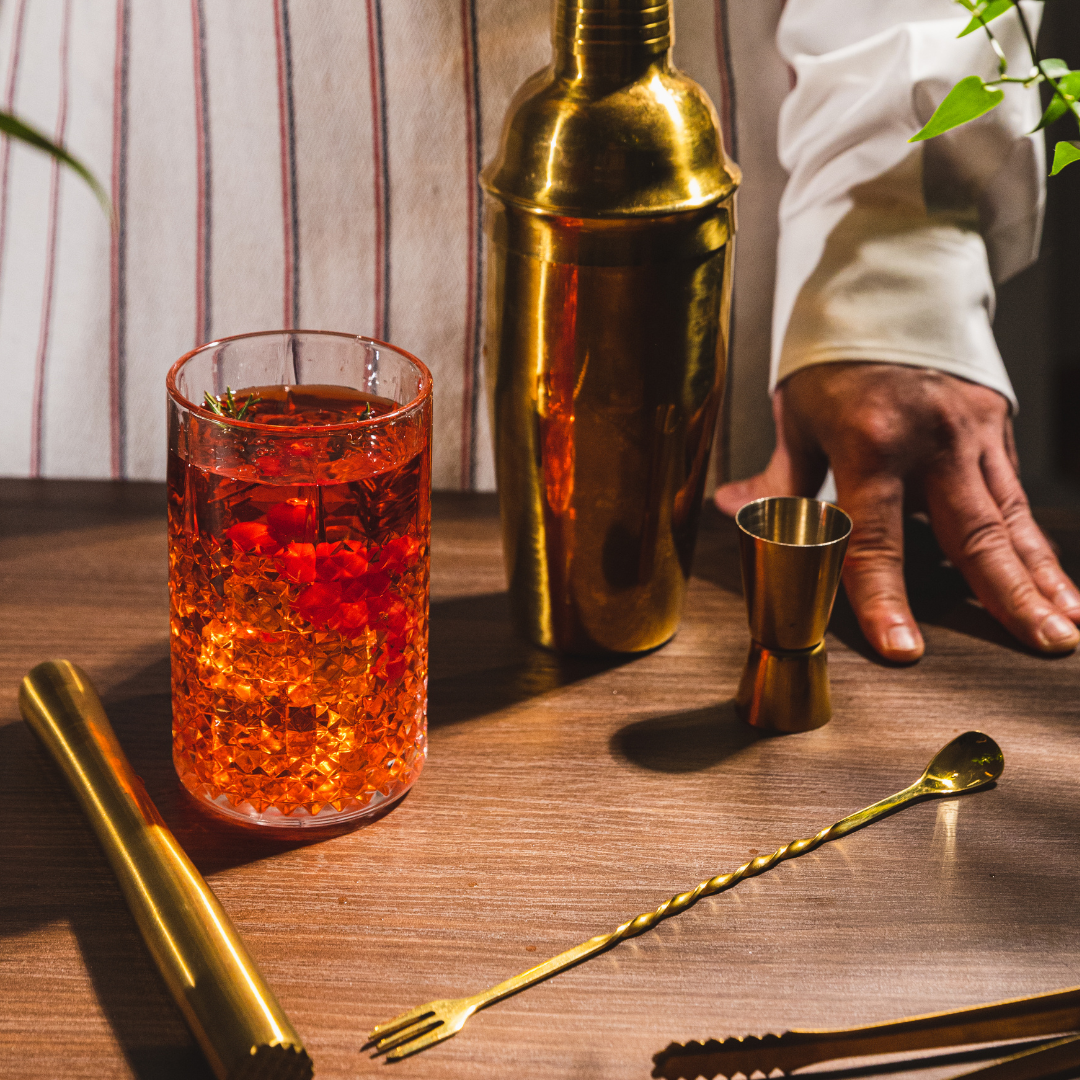
Mixology techniques and tips
Mixology , the art of mixing drinks to create cocktails, is based on precise techniques and know-how acquired through experience. Whether you are an amateur looking to impress your guests or a professional looking to refine your practice, knowing the basics of mixology is essential to making every cocktail a success .
Here is a practical guide to mastering the fundamental techniques and some tips to enhance your creations.
Basic Mixology Techniques
-
The Shaking
Shaking is a technique used to mix ingredients of different densities, such as fruit juices, syrups, and alcohols. This method also helps to chill the cocktail properly. Use a shaker, fill it with ice cubes, add your ingredients, and shake vigorously for 10 to 15 seconds. Then strain the contents into a glass to remove the ice cubes. Shaking is ideal for cocktails such as the "Margarita" or "Daiquiri".
-
The Stirring
Stirring is a gentler technique used to mix ingredients that do not require vigorous shaking, such as pure spirits or liqueurs. Use a bar spoon to stir the ingredients in a mixing glass filled with ice. This technique is commonly used for cocktails such as the Martini or Negroni. Stirring helps maintain the clarity and silky texture of the cocktail.
-
Muddling (Piling)
Mudding is the process of gently crushing fresh ingredients, such as fruit, herbs or sugar, to release their flavours. Use a muddler to crush the ingredients at the bottom of a glass before adding the other components. This technique is essential for cocktails such as the " Mojito " or "Caipirinha", where mint and lime are at the heart of the flavour.
Tips for successful cocktails
Choose quality ingredients
The quality of the ingredients is essential to obtain a tasty cocktail. Favor fresh fruit juices, syrups and good quality alcohols . A simple change of ingredient can transform an ordinary cocktail into an exceptional cocktail.
Master the proportions
Flavor balance is crucial in mixology. Too much alcohol can overpower a cocktail, while too much sugar can make it cloying. Follow the basic recipes to get started, then adjust the proportions to your personal preferences.

